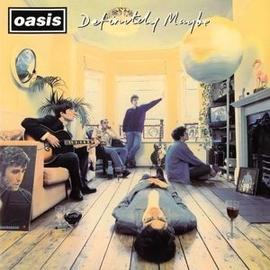

Wastedīeing young, exuberant, and well on their way to fame exposed Def Leppard to the kinds of excesses and indulgences the band members had previously only dreamed of. Fans lumped Leppard so firmly into the Brit-centric scene that some were disgruntled when Def Leppard released the single “Hello America,” which waxed rhapsodic about a country they had yet to visit. Along with other burners including “Wasted” and “When the Walls Come Tumbling Down,” the album was heralded as an example of the more melodic side of the NWOBHM movement. The album opened with “Rock Brigade,” a hyper-charged track that drew from Judas Priest as much as Queen. The first pressing of the EP sold out by the summer of 1989 and soon after, Def Leppard were signed to a major label.įor their debut full-length, On Through the Night, Def Leppard joined forces with established producer Thom Allom (Black Sabbath, Judas Priest) and blasted out a batch of loud, high-energy songs with the type of nagging choruses and soaring background vocals that became a band trademark. Peel appreciated Elliott’s chutzpah and played the EP on his BBC radio show.


Ambitious from the start, Elliott successfully promoted the EP by jumping onstage at Sheffield University during a DJ set by legendary UK radio personality John Peel and handing him the recording. To further season the mix, Def Leppard inserted a clanging cowbell and a flanged guitar effect into the intro, which they replaced with piano when they redid the song for 1993’s Retro-Active. As simple as early KISS, the song is driven by a propulsive, repeated guitar riff, then briefly shifts gears for the bridge and chorus. There are attitude-laced lead vocals, double-entendres about fast bikes and fast girls, and a blazing guitar lead. In addition to covering all of the tropes of heavy rock, it shudders with youthful exuberance and authenticity. track that wasn’t redone for their 1980 debut On Through the Night, is a fist-raising, nearly three-minute-long introduction to the testosterone-laden rockers. The opening track, “Ride Into the Sun,” the only E.P. In late 1978, shortly after Def Leppard’s Joe Elliott turned 19, the vocalist borrowed a little more than $200 from his dad and the band entered Fairview Studio in Hull, England to record three songs for The Def Leppard E.P. The Early Metal-Ish Years Ride Into the Sun And songs by other bands that Def Leppard covered and dueted on, exhibiting both their broad musical tastes and affinity for a good tune. This chameleonic ability to mutate when necessary allowed them to thrive through scenes with which they vibed (New Wave of British Heavy Metal, glam, country) and survive those that didn’t compliment their long hair and spandex outfits (punk, grunge, EDM, hip-hop).ĭef Leppard’s catalog can be broken up into four categories: The most metallic songs that were heralded by the rock press during the NWOBHM movement the polished mega-hits starting with “Bringin’ on the Heartbreak” and progressing through the singles that propelled both Pyromania and its follow up, Hysteria, to Diamond status (10 million sales) deeper ‘90s album cuts that demonstrated Def Leppard’s penchant for experimentation and efforts to shift their sound to be accepted by fans that no longer cherished glam metal. Since they emerged from Sheffield in 1977, Def Leppard have blended rock and influences into an eclectic catalog that helped lay the foundation for various music movements. If you’ve only listened to one or two songs from Def Leppard’s decades-long recording career, you probably don’t know just how versatile England’s most popular hard rock bands has been.


 0 kommentar(er)
0 kommentar(er)
